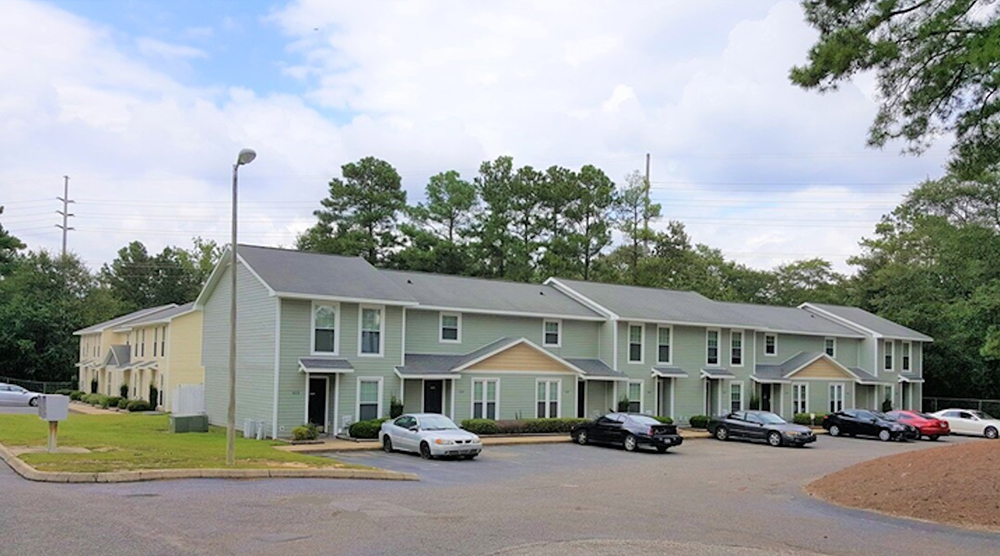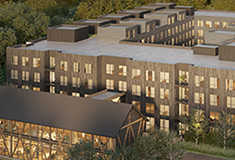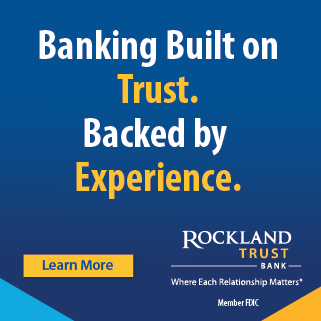Boston’s industrial market 3Q 2022 - by Bill Pastuszek

The economic landscape has dramatically changed. It seems nothing has changed much since late 2019 but the shifts experienced are big, dramatic, and unsettling. But it all fits a guiding principle: We are certain that change will occur.
In terms of real estate behaviors, the shifts don’t seem quite as dramatic as those of the general economy, i.e., going from steady-as-it-goes inflation to unheard of levels of price increases, with supply chain issues and employee migrations, oil price volatility, a collapsed stock market, and the run up in interest rates, causing mortgage rates to essentially double in a year. And, a very disquieting international picture. But the faces of commercial real estate (CRE) are changing too.
As far as CRE real estate asset classes are concerned, multifamily will adapt (the theory being, if people can’t afford to buy houses, they will have to rent); self-storage will be solid, and triple net will persevere. A bright spot is retail (weirdly surprising). Office, right now, may not fare so well.
Enough generalizing. Let’s have a look at the darling investment class, industrial, in all its many facets from flex to distribution. This sector is highly diversified, ranging from the Amazons to “Main Street” industrial. The asset class is highly desirable.
The Boston market is a small market but a pricey one. It has experienced a deluge in demand over the past few years and has created supply in a challenging environment of high barriers to entry.
CoStar has this to say. “Boston’s industrial market doesn’t yet show the macro burdens of peak rents, pricing, or development, and at 2022s midpoint, the story hasn’t changed much over the last few quarters. Anecdotally, though, players across the area see growing strain on lease negotiations, pro formas, and construction supply chains… For now, Boston’s warehouses, flex buildings, and manufacturing spaces are nearly full and to varying degrees more is on the way for all user types.” The report goes on to marvel at “sustained and large-scale development” and notes that space creation exceeded the average of the past several years by several million s/f. Vacancies “continually challenge all-time lows” and tenants aren’t finding much leverage.
With availability at 6.8% with an average 5.6 months on market, these indicators are outperforming the U.S., which is showing availability of 7.2% and months on market of 7.7, Boston is outperforming the rest of the country. Consider also Boston’s average price per s/f of $186 as contrasted to the national average of $153 per s/f. A market cap rate in Boston of 6% is lower than the reported national cap rate of 6.2%. Net absorption over the past year was strongly positive as new deliveries were quickly brought online.
What does the industrial market consist of in Eastern Massachusetts? CoStar indicates that “Logistics is the predominant subtype,” with ±169 million s/f of space. Which accounts for nearly half of the market’s inventory. Flex is significant too, accounting for 105 million s/f, or nearly one third of 358 million s/f of inventory.
Warehouse and distribution assets, benefitting from “constant” e-commerce demand, show just 3.8% vacancy. Flex buildings are currently 6.4% vacant.
As Amazon reigns in its expansive expansion (particularly aggressive in Boston), the current tech bust translates into lower space needs, life science demand gets satiated, and the double bite of inflation and high interest rates is felt, the tailwinds that have created boom conditions trend to headwinds.
While volumes won’t be nearly as good this year as in the past five, strong rent growth entices investors, and buyers are still out there, even though buyers and lenders both have become more selective of late.
In terms of investment activity, a recent CBRE research brief notes that “global commercial real estate investment volume fell by 27% year-over-year in Q3 2022…Volumes fell across all regions, with a 26% decrease in the Americas and respective declines of 30% and 18% in Europe and the Asia-Pacific region.” Further, “Rapidly rising interest rates and a worsening macroeconomic outlook weighed on investment activity. In addition, a strong U.S. dollar amplified lower investment volumes outside of the U.S. In local currency, global investment volume was down by 22%.” CBRE “forecasts a 16% decrease in full-year 2022 global investment volume from 2021’s record level and an 11% decrease in 2023 from 2022 levels. Nevertheless, 2022 and 2023 volumes are expected to exceed the pre-pandemic high in 2019.”
Boston is a sophisticated industrial market, with a dense, sophisticated, affluent, and skilled consumer pool and work force, and a strong mix of industrial users from logistics to life science. With its recent growth spurt, it represents a viable, long-term arena for investment.
There is a growing chorus singing in ever closer harmony that a recession is inevitable. And it might be beneficial, if it wrings out the inflation that the zero-interest rate / easy money era created. Elements of uncertainty include U.S. and global political unease and the sense that events are going to unfold and all we can do is watch. As a smart person noted a short while ago, we are at an inflection point, a crossroads, and we may not have much control over what may happen, as the stage for change was set by events in the past. The diversified Boston industrial sector is poised to meet the challenges ahead.
Bill Pastuszek, MAI, ASA, MRA heads Shepherd Associates LLC, Needham, Mass.
Preservation of Affordable Housing secures $23.5 million in financing from Rockland Trust and Citizens Bank

Examples of investors who used Kay Properties for legacy and estate planning purposes for rental property/portfolios - by Dwight Kay










